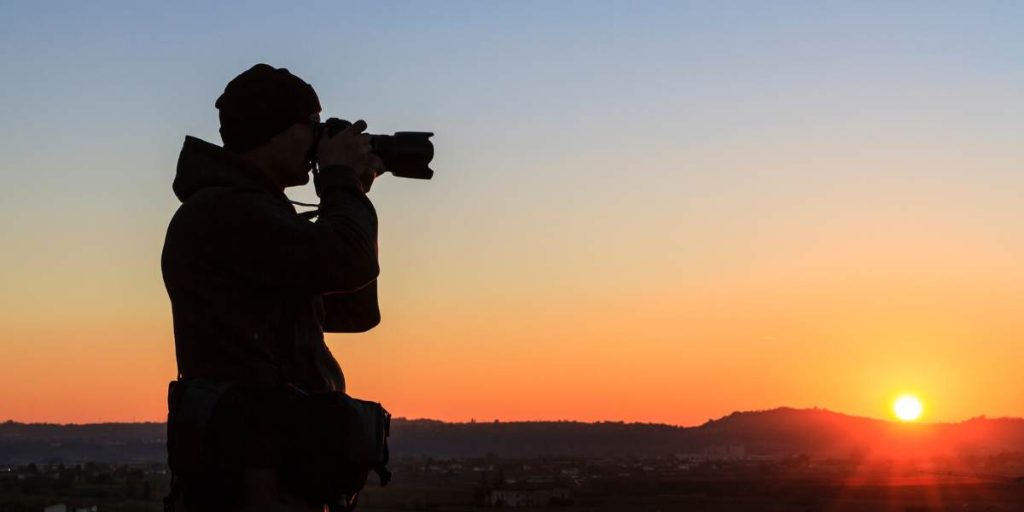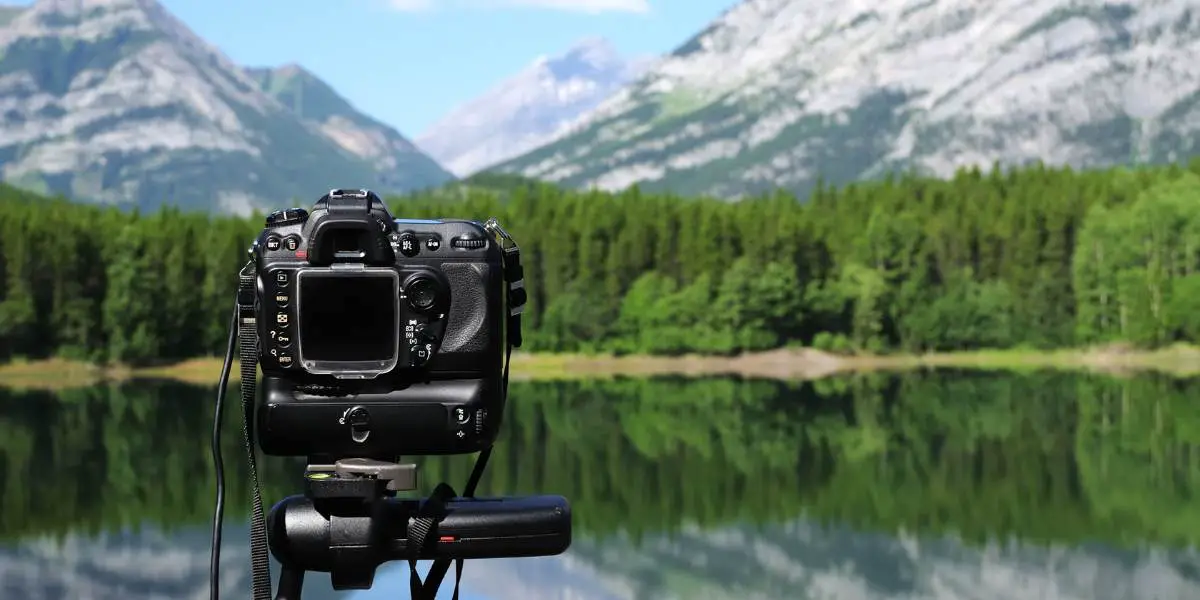Thomas Baskind Landscape Photography Tips for Capturing Perfect Pictures
Landscape photography can be challenging. Capturing the right elements to show off the beauty of a particular landscape can seem like an impossible task if you don’t know what you’re doing.
Fortunately, there are several tips and tricks to capture the perfect landscape picture, ensuring that you’ll be able to make your audience see just how wonderful the landscape in question really is.
Here are a few tips from Thomas Baskind that will help you capture the perfect landscape picture.
Use a Tripod
If you’re serious about capturing stunning landscape photos, one of the most essential pieces of equipment you should invest in is a tripod.
A tripod will allow you to get those crisp, clear shots that you can’t get when shooting handheld. It also helps you maintain a steady hand when zooming in and out of different elements of your photo.
Additionally, if you plan on shooting at night or capturing slow-motion scenes, a tripod is essential for success.
Not to mention, it can help keep your camera from shaking in windy conditions. With a tripod, you’ll be able to capture the perfect landscape shot no matter the environment.
Pay Attention to Composition
Composition plays an essential role in any nature photography. It involves carefully considering the elements within the frame to create a compelling image.
A successful composition often relies on using leading lines, depth of field, and balance. Leading lines are visual paths that draw the viewer’s attention to the main subject.
Depth of field is used to separate a subject from its background or foreground. And balance is used to create harmony and order in the frame.

Use a Wide-Angle Lens
When capturing a landscape photograph, one of the most important tools at your disposal is a wide-angle lens. This type of lens will allow you to capture a much broader view of the area, giving you more options for composition and allowing you to fit more of the landscape into one shot.
A wide-angle lens also works great for capturing vast spaces and grand scenes, allowing you to really show off the size and scope of the landscape.
If you don’t have a wide-angle lens, then you can still achieve a similar effect by zooming out on your lens or moving back from the scene. However, if you want to get the best possible results, investing in a quality wide-angle lens is well worth the cost.
Use a Graduated ND Filter
One of the most important tips for capturing perfect landscape pictures is to use a graduated neutral density (ND) filter. An ND filter is a special lens filter that reduces the amount of light coming through the lens, allowing you to capture the right amount of exposure in your image.
A graduated ND filter is even more powerful as it’s designed to darken part of the image while leaving the rest untouched.
This can be especially helpful when shooting landscapes where you want to capture the sky and the foreground with two different exposures. Without an ND filter, you’d be stuck having to adjust your camera’s settings manually to achieve this look.
Check Out Stunning Samples of Landscape Photos at Thomas Baskind Landscape Photography
Capturing the perfect landscape picture can be a daunting task, but it doesn’t have to be. With a bit of planning and knowledge of your camera settings, you can create amazing landscape photos.






